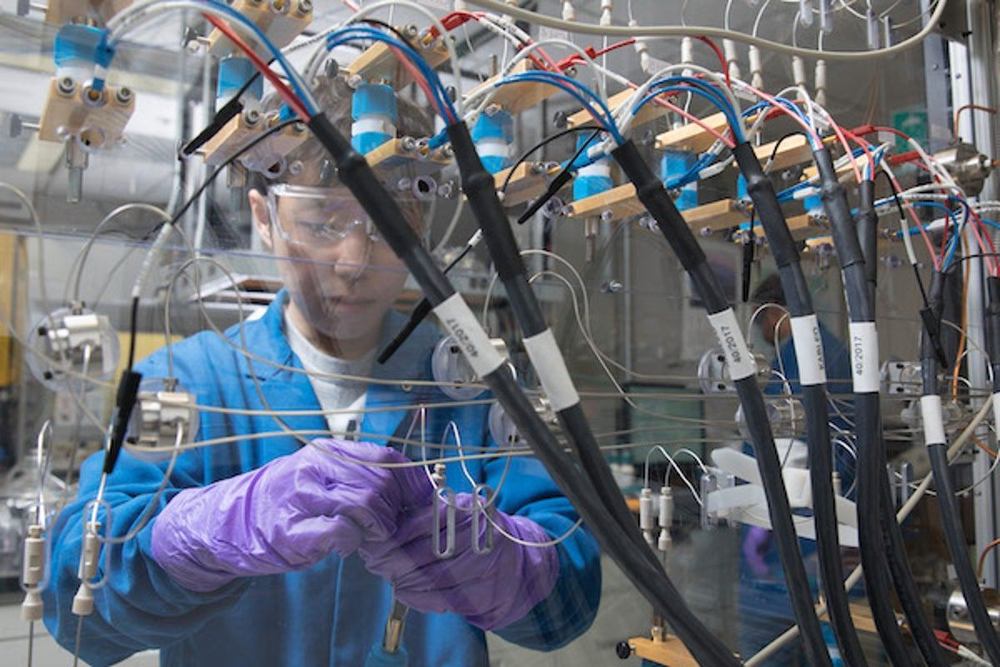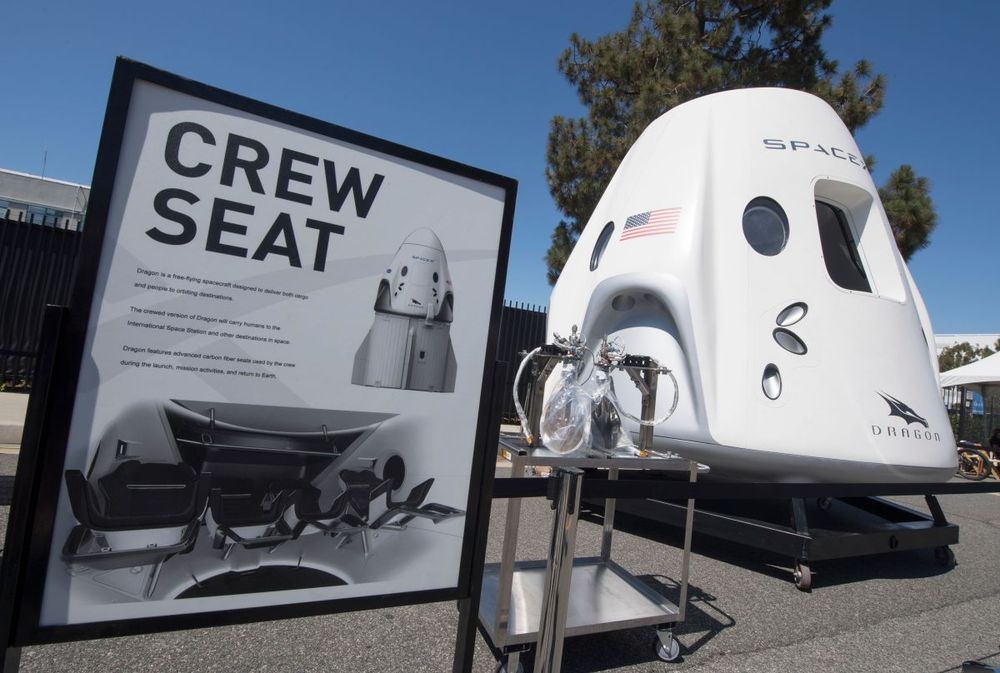Jan 12, 2020
Nutrient flow in the brain is controlled by blood-vessel dilation, reveals network model
Posted by Nicholi Avery in categories: biotech/medical, neuroscience, robotics/AI, solar power, sustainability
“A new model based on the blood-vessel network in a rat brain shows that the vessel position within its circulatory network does not influence the blood flow nor how nutrients are transported. Instead, transport is controlled mostly by the dilation of vessels. As well as providing new insights into the circulatory system, the model could lead to better artificial tissues and brain-scanning techniques – and might even improve the performance of solar panels.”
https://physicsworld.com/a/nutrient-flow-in-the-brain-is-con…work-model
If you enjoyed this article, please like and follow our Facebook page for the latest news on neuroscience, psychology, and artificial intelligence:

















